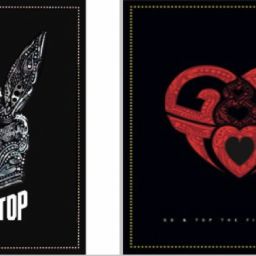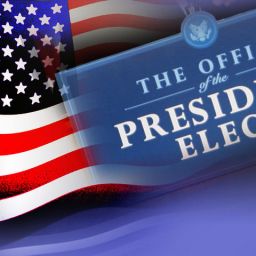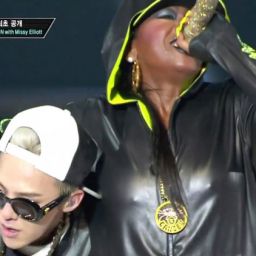This is an excerpt from our essay published in The Good Life in Asia’s Digital 21st Century, an essay collection published by the Digital Asia Hub. The entire essay collection is available here, and is Creative Commons licensed. Please cite the published version — and list Keidra as the first author, which will be corrected in the second edition of the collection.
YouTube’s first music awards surprised many mainstream music fans in 2013, when the Korean pop (“K-pop”) group Girls’ Generation beat out many U.S. pop music stars for Video of the Year (Yang, 2013). In 2015, the fans of K-pop group T-ara won Billboard’s Fan Army Face-Off, beating out the fans of well-established Western artists like One Direction and Beyoncé (“Fan Army,” 2015). The matchup against One Direction led to the globally trending hashtag on Twitter, #WeLove1DandKpop (“Fan Army,” 2015). While some U.S. critics and Western music fans may see these events as flukes, there is a complex history at play here. This years-long history involves the interaction of mobilized fans, the use of worldwide accessible platforms and social media, and global copyright law, upending the assumed social order of online fan communities.
Media scholar Henry Jenkins (2006) has described “convergence culture” as both a bottom-up and top-down process by which media consumers negotiate their right to participate and interact with new media tools, even while media owners negotiate with creating new revenue opportunities and normalizing consumer behaviors (Jenkins, 2006, p. 243). K-Pop fan community activity is an example of this, serving as both a cultural practice and a global market catalyst.
Specific online platforms help to facilitate this fandom activity. For example, conversations on YouTube are fan-driven and lack the gate-keeping and hierarchy of more traditional outlets. This freedom to discover, communicate, and respond makes YouTube an ideal forum for niche fan communities to connect and mobilize. Observe a YouTube comment thread for any K-Pop group, and you’ll likely see a global community of fans stumping for their beloved group in a variety of award categories. This happens with other fan communities, certainly, but because so much of this global fan conversation occurs on YouTube, it follows that mobilizing fans would be easier for K-pop fans in this space. YouTube picked up on this interaction early, launching an official, dedicated K-Pop channel in 2011 (Sang-Hun & Russell, 2012).
This short essay will explore how the South Korean music industry has responded formally and informally to online fan activity, and how a light copyright touch led to the worldwide success of K-pop. We will also explore how online activity disputes regarding K-pop have been almost entirely outside of a legal context – unlike the fans (or listeners) versus labels (or artists) debate that is the continued focus of U.S. music industry.







